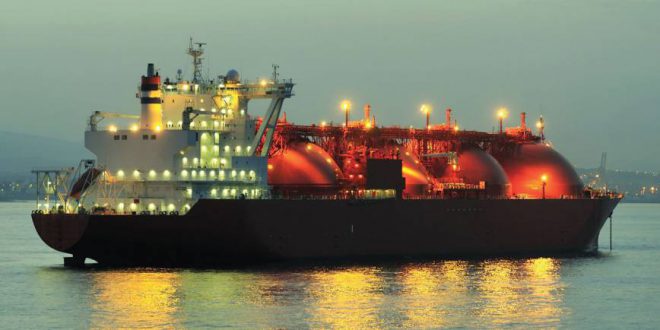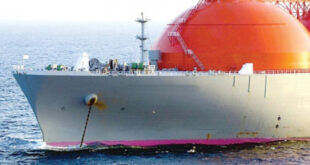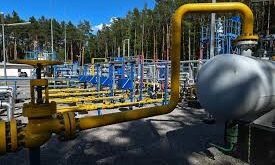Last year. the buzz term in the natural gas world was the alarmist cry of “stranded assets“. with headlines shouting that overproduction of shale oil and gas in North America would leave markets oversaturated with product and infrastructure soon to become obsolete thanks to the rise of more affordable wind and solar. Since then. there have been just as many think pieces and reports tempering the stranded asset panic with assurances that natural gas is here to stay.
This does not mean that the concern has completely dissipated however. as global gas reserves continue to swell and the effectiveness and affordability of renewables keep improving at a steady clip. This month’s annual Canada Gas and Liquefied Natural Gas Exhibition and Conference was no exception. with China’s demand for liquefied natural gas emerging as a hot topic. While other rapidly developing countries like India can almost certainly be counted on to increase their demand for natural gas imports in coming years. China remains the most important buyer in the international LNG market. and reporting shows that the nation is on track to become the largest importer of liquefied natural gas in the world by 2025.
At the same time. however. China is pushing away from fossil fuels and setting extremely lofty goals for decreased carbon emissions in the very short term as well as the long term. Will China’s growing dedication to and sizeable investments in renewable energy move the country away from natural gas and oil. making the massive gas reserves and pricey new pipelines of North America ultra-expensive stranded assets?
Not according to Chinese energy consulting firm SIA Energy’s CEO Yao Li. At the annual LNG conference in Vancouver on May 21. Li said that China’s demand for liquefied natural gas was in no danger of dwindling over the next decade as it moves toward a decarbonated future. but is. in fact. “almost infinite“. Li went on to point out that China will actually need more liquefied natural gas. not less. in order to complete its transition away from coal. saying. “In China. we have a coal-to-gas switching campaign going on. which contributed to huge demand growth. as well as imports of LNG.“
In fact. in order to meet the country’s lofty anti-coal goals. China will need to significantly increase their imports of liquefied natural gas. as at present just about 57% of the country’s natural gas demand can be met with domestic supply. Li also pointed out that China simply can’t compete with the natural gas revolution being experienced by the United States and is under no illusions of being able to meet all their natural gas needs domestically any time soon. if ever.
Li estimates that Chinese demand for imported liquefied natural gas will more than double in size. from its current benchmark of less than 40 million tonnes per annum (mtpa) to a whopping 90 mtpa by 2030. Dulles Wang. director for Wood Mackenzie director Dulles Wang told Canadian energy news source JWN that “between 2020 and 2040. over the next 20 years. we are expecting the gas market to expand by close to 40%. About two-thirds of the growth. in terms of gas demand. is going to come from China.“
With worries of stranded assets summarily dismissed (Li: “Don`t ask me how much is demand. Demand is almost infinite.“) the next question becomes whether the United States is risking its involvement in filling that demand thanks to their continued trade war with China. Just this month China announced that it would be slapping U.S. LNG with a massive 25 percent tariff by June 1. a massive increase on the current 10 percent. which was already impacting U.S. exports. If the Trump administration wants to keep selling its gas to the world’s fastest-growing LNG importer and stay competitive in filling that “almost infinite demand“. something’s got to give.
 Iran Energy News Oil, Gas, Petrochemical and Energy Field Specialized Channel
Iran Energy News Oil, Gas, Petrochemical and Energy Field Specialized Channel




